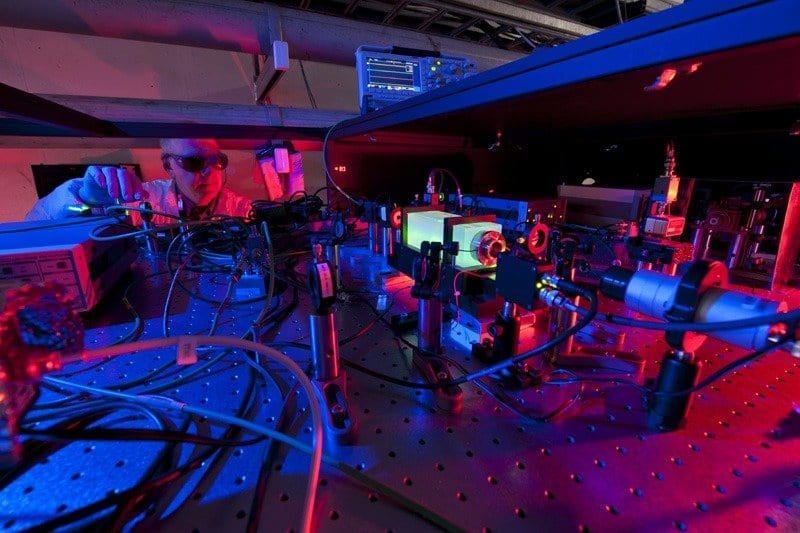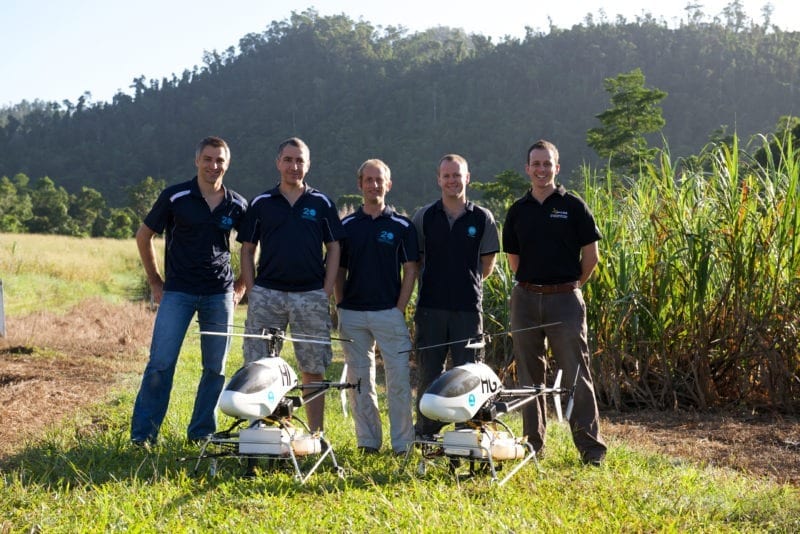
New Fermilab experiment will test the nature of the universe
A unique experiment at the U.S. Department of Energy’s Fermi National Accelerator Laboratory called the Holometer has started collecting data that will answer some mind-bending questions about our universe – including whether we live in a hologram.
Much like characters on a television show would not know that their seemingly 3-D world exists only on a 2-D screen, we could be clueless that our 3-D space is just an illusion. The information about everything in our universe could actually be encoded in tiny packets in two dimensions.
Get close enough to your TV screen and you’ll see pixels, small points of data that make a seamless image if you stand back. Scientists think that the universe’s information may be contained in the same way and that the natural “pixel size” of space is roughly 10 trillion trillion times smaller than an atom, a distance that physicists refer to as the Planck scale.
“We want to find out whether space-time is a quantum system just like matter is,” said Craig Hogan, director of Fermilab’s Center for Particle Astrophysics and the developer of the holographic noise theory. “If we see something, it will completely change ideas about space we’ve used for thousands of years.”
Quantum theory suggests that it is impossible to know both the exact location and the exact speed of subatomic particles. If space comes in 2-D bits with limited information about the precise location of objects, then space itself would fall under the same theory of uncertainty. The same way that matter continues to jiggle (as quantum waves) even when cooled to absolute zero, this digitized space should have built-in vibrations even in its lowest energy state.
Essentially, the experiment probes the limits of the universe’s ability to store information. If there is a set number of bits that tell you where something is, it eventually becomes impossible to find more specific information about the location – even in principle. The instrument testing these limits is Fermilab’s Holometer, or holographic interferometer, the most sensitive device ever created to measure the quantum jitter of space itself.
The Latest on: Holometer
[google_news title=”” keyword=”Holometer” num_posts=”10″ blurb_length=”0″ show_thumb=”left”]
via Google News
The Latest on: Holometer
- Feed has no items.
via Bing News









